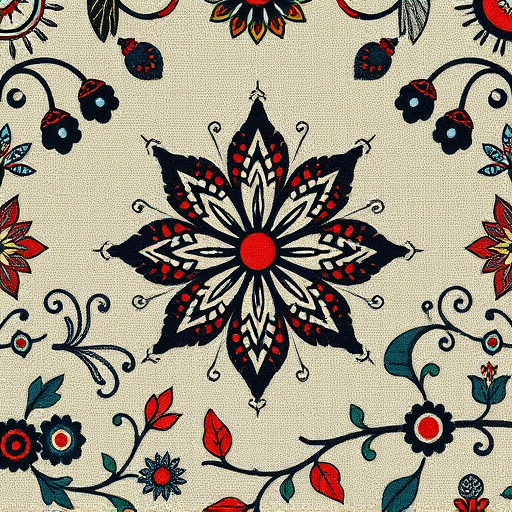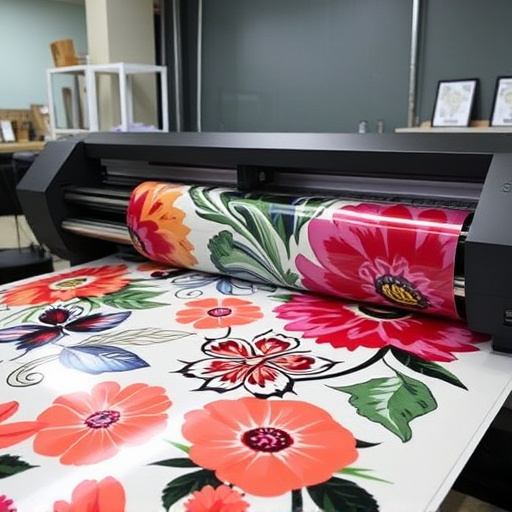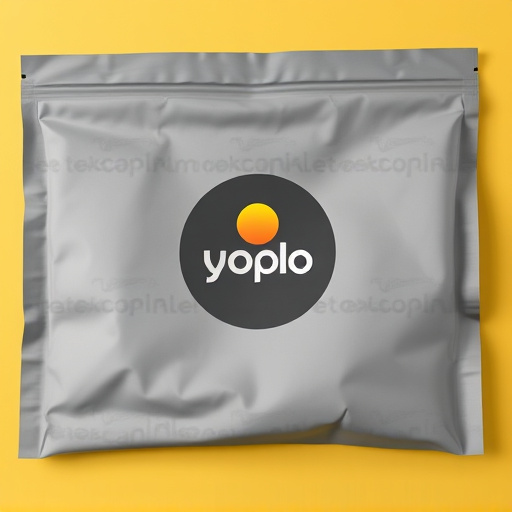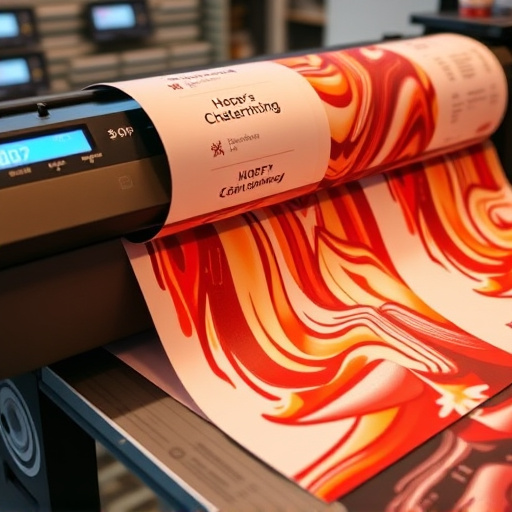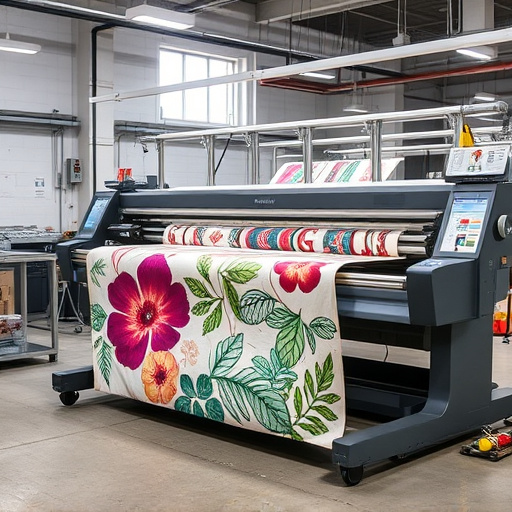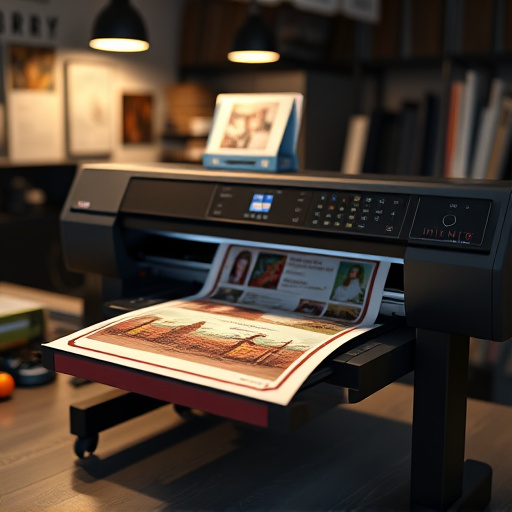DTF Market Trends are reshaping the apparel industry by enabling swift, efficient, and flexible custom product creation. The surge in demand for personalized on-demand products has challenged traditional printing methods, with DTF printing for t-shirts gaining immense popularity for its ability to produce intricate designs. This trend empowers small businesses and entrepreneurs to compete with larger brands, fostering innovation and transforming the custom apparel market into a dynamic, accessible space. DTF printing for dark fabrics has further revolutionized production by eliminating screen printing, offering rapid prototyping and high-quality prints, thus allowing designers to swiftly test concepts and gather consumer feedback.
The DTF (Direct to Forme) market is experiencing a dynamic shift, favoring speed and design flexibility. This trend is driven by a surge in demand for rapid prototyping and customized solutions across various industries. Technological advancements, including innovative printing technologies and efficient software, are revolutionizing the landscape. Businesses leveraging these DTF market trends gain significant advantages: faster time-to-market, cost optimization, and enhanced customer satisfaction through customizable, high-quality products.
- The Shifting Landscape of DTF Market Demand
- – Exploring the surge in demand for rapid prototyping and design flexibility
- – Key industry shifts driving the need for speed and versatility
The Shifting Landscape of DTF Market Demand
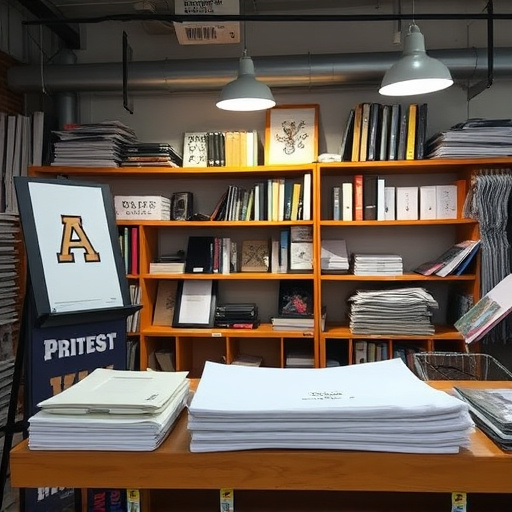
The DTF Market trends are reshaping the way businesses approach custom apparel and product design. Driven by a surge in demand for speed, efficiency, and design flexibility, the traditional methods of printing and production are being challenged. In today’s fast-paced world, where consumer preferences evolve rapidly, brands are increasingly seeking solutions that allow them to swiftly adapt to market demands. This shift is particularly evident in the apparel industry, with dtf printing for t-shirts and custom t-shirts gaining immense popularity.
The demand for DTF transfers, a key component of this technology, is skyrocketing as businesses recognize its ability to streamline production processes. By enabling designers to effortlessly create intricate patterns and unique designs, DTF market trends are fostering innovation. This flexibility has opened doors for small businesses and entrepreneurs to compete with larger brands by offering personalized, on-demand products at competitive prices. As a result, the landscape of custom apparel is becoming more dynamic and accessible, catering to a diverse range of consumer preferences.
– Exploring the surge in demand for rapid prototyping and design flexibility
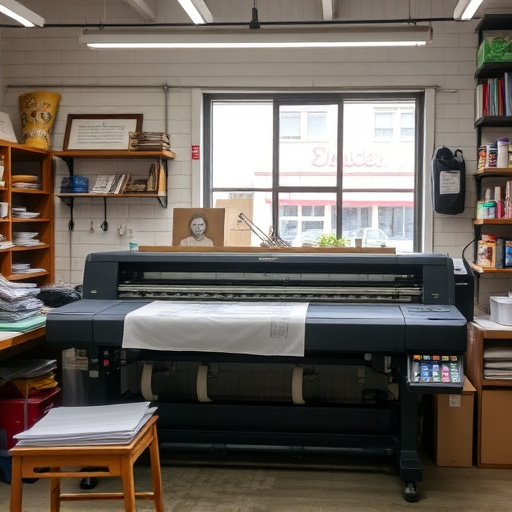
In today’s fast-paced fashion industry, there’s a noticeable surge in demand for DTF Market Trends that prioritize speed and design flexibility. Brands are no longer content with lengthy production cycles; instead, they’re seeking efficient ways to bring their creative visions to life swiftly. This shift is particularly evident in the apparel sector where DTF (Direct to Film) printing for dark fabrics has become a game-changer. By eliminating the need for traditional screen printing methods, DTF allows for rapid prototyping and personalized designs, enabling fashion designers to test concepts and gather consumer feedback promptly.
The appeal of direct to film personalized hoodies is undeniable; they offer unparalleled customization options while maintaining high-quality prints on even the darkest fabrics. This trend isn’t just about aesthetics; it’s a strategic move towards agility in design and production. As a result, DTF for Apparel has become a powerful tool for staying ahead in the market, allowing businesses to quickly adapt to evolving consumer preferences and stay competitive.
– Key industry shifts driving the need for speed and versatility

The dynamic nature of today’s market demands a rapid response to evolving consumer preferences and design trends. This has prompted a significant shift in the print industry, where speed and versatility are increasingly becoming the norm. The rise of digital technologies, particularly in Direct-To-Fabric (DTF) printing, has revolutionized the way designers and manufacturers create and produce custom prints.
Key industry shifts include a growing demand for personalized, on-demand printing solutions, accelerated production times, and the ability to effortlessly incorporate complex designs and vibrant color palettes. DTF technology offers an efficient response by enabling printers to seamlessly transition between diverse fabric types and patterns, catering to a wide range of applications such as apparel, home decor, and even automotive interiors. This versatility not only meets but exceeds the expectations of modern consumers who seek unique, high-quality dtf prints with minimal lead times.
The evolving DTF Market Trends highlight a growing demand for speed and design flexibility, driven by industry shifts towards rapid prototyping. This shift is revolutionizing manufacturing processes, enabling businesses to adapt quickly to market demands and stay competitive. Embracing these trends ensures a future where innovation thrives through efficient, versatile, and dynamic production methods.








